Mexican folklore and myths make up a lively collection of stories developed from hundreds of years of different cultures coming together. These are much more than old tales-people still tell them today and they strongly influence Mexican culture and daily life. From stories that teach children valuable lessons to public festivals that bring people together, folklore is a key part of Mexican identity. In fact, there are well over 4,000 legends officially recognized as part of Mexico’s cultural heritage, showing just how important and widespread this tradition is.
These stories do more than just entertain; they help people remember history, pass down morals, and keep beliefs alive. They range from ancient gods to frightening ghosts, showing both the spiritual and day-to-day sides of life in Mexico. In these tales, sacred meets ordinary, and emotions like love and loss often appear alongside ideas about right, wrong, and consequences.

What Makes Mexican Folklore and Myths Special?
Mexican folklore and myths have deep roots in the country’s past and have changed over time. Unlike historical records, these stories aren’t fixed. They grow and shift, passed down by word of mouth, and help connect people across generations. They are both a record of the country’s mixed heritage and a way to share a sense of belonging among its people.
Main Features of Mexican Folklore
- Diversity: Each area of Mexico has its own spin on legends, shaped by local history and customs. With thousands of stories, no two regions are exactly alike.
- Supernatural Elements: Many tales involve ghosts, helpful spirits, or monsters, showing a worldview where the magical is always close to daily life.
- Teaching a Lesson: A lot of Mexican legends are designed to guide people on morals and community values, using familiar themes like love, loss, and sacrifice. Popular characters, such as La Llorona, help these lessons stick.
Influences: Indigenous, Spanish, and African Roots
Mexico’s folklore comes from a mix of indigenous, Spanish, and African stories. Before the arrival of the Spanish, indigenous peoples like the Aztecs and Mayans had rich stories about gods, creation, and the universe. The Spanish brought Catholic beliefs and European legends, which blended with local stories and created new ones-some native gods took on roles as saints or devils, and figures like La Mulata de Córdoba mix Spanish, African, and indigenous themes. In coastal areas, African stories made their own impact, especially through the traditions of people brought to Mexico as slaves.
Importance of Storytelling
Oral tradition keeps Mexican folklore alive. Stories are shared by grandparents, around campfires, or at community gatherings, with each telling adding new twists while keeping the main story intact. This helps explain why legends often change from region to region-each time a story is retold, it can be adapted to fit local places, customs, or problems. Even with modern technology, telling these stories face to face continues to be an important way for communities to bond and remember their roots.
Who Are the Main Figures in Mexican Folklore?
Mexican folklore features a wide range of characters, both scary and kind, who often serve as examples or explanations for things that happen in life.

Famous Ghosts and Spirits
- La Llorona: The “Weeping Woman” is probably the most famous. She wanders by rivers at night, crying for her lost children. Her story teaches about grief and is included in Mexico City’s Intangible Cultural Heritage.
- El Charro Negro: This “Black Horseman” appears on empty roads offering great wealth, but at the cost of your soul, making him a symbol of temptation and its dangers.
- Other Spirits: Characters like La Planchada, a caring nurse ghost, or spirits linked to places like the Island of the Dolls, show there are both friendly and frightening types in these stories.
Shape-shifters and Other Magical Beings
- Nahuales: Shape-shifters who can turn into animals like jaguars or eagles. Some protect people, while others might use their powers for harm.
- Aluxes: Small elves from the Yucatán Peninsula who protect fields and farms. Farmers offer them little gifts to make sure their crops are safe, showing people still believe in them today.
Moral and Cautionary Characters
- El Sombrerón: A shadowy rider with a huge hat who targets young women, serving as a warning not to walk alone at night or defy community rules.
- Popocatépetl and Iztaccíhuatl: Their legend, though a love story, teaches about the pain of lies and jealousy.
What Are Some of Mexico’s Most Well-Known Legends?
Some Mexican legends are known across the country and even around the world. They reflect the country’s history, fears, hopes, and values.
| Legend | Description | Main Theme |
|---|---|---|
| La Llorona | A ghostly woman who cries for her children by the water after losing them in a fit of despair. | Grief, caution for children |
| El Charro Negro | A dark horseman who tempts people with riches but takes their souls in return. | Temptation, consequences |
| La Mulata de Córdoba | A mysterious woman who could escape prison magically, blending African, Indigenous, and Spanish elements. | Magic, freedom |
| El Chupacabra | A modern creature said to attack goats and other animals by night. | Fear of the unknown |
| Popocatépetl and Iztaccíhuatl | Legend of lovers turned into volcanoes for eternity due to love and tragedy. | Love, loss, nature |
| La China Poblana | A figure whose special dress became a symbol of Mexico’s mixed cultural background. | Cultural fusion, national pride |
| El Sombrerón | A tall man with a large hat who appears at night, especially to young women. | Warning, mystery |
| El Aluxe | Small spirits who protect (or trouble) farmers, if treated well or badly. | Nature, respect for tradition |

How Do Mythical Creatures Shape Mexican Folklore?
These creatures aren’t just imaginary-they help explain nature, teach lessons, and connect people to spiritual beliefs.
- Nahual: Seen as shape-changing people who can turn into animals. Some are viewed as protectors, others as dangerous, reflecting respect and caution towards the unknown.
- Quetzalcoatl: The feathered serpent god, worshipped widely, symbolized wisdom and taught important skills. He appears in many forms in art and continues to inspire learning and creativity.
- Coatlicue and Coyolxauhqui: Associated with life, death, and creation. Their dramatic stories about battles between gods explain why the sun rises and sets, or why day follows night.
- Aluxes and Other Local Spirits: Show the close ties between stories and local places, with each area of Mexico having its own unique myths.
How Do Stories Differ Across Mexico?
Mexico is a large and varied country. Its landscape, people, and history mean that stories can change a lot from state to state or among different groups.
- Local Versions: Even widely known legends like La Llorona have local details that change from one state to another-she might appear at aqueducts in the center of the country, or near rivers in rural places.
- Stories by Region:
- Coastal areas: Include tales linked to the sea or trade, like La Mulata de Córdoba.
- Mountainous areas: Feature forest spirits and heroic stories about volcanoes.
- Cities: Have urban legends about haunted buildings or romantic spots, like “The Alley of the Kiss” in Guanajuato.
- Natural Environment: Legends often include plants or animals from the region, making the fantastic seem natural and part of daily life.

What Are the Main Ideas and Messages in Mexican Folklore?
These stories often carry important lessons that reflect Mexican values and outlooks.
- Love, Sadness, and Sacrifice: Stories like Popocatépetl and Iztaccíhuatl focus on love that lasts beyond death, while La Llorona is about deep grief and regret.
- Justice and Payback: Many tales warn about making bad choices-El Charro Negro tempts people but they pay a heavy price. Ghost stories show that wrong actions can come back to haunt you or your community.
- Change and Magic: Shape-shifting, magical powers, and transformations are common, making people aware that change-and sometimes danger or new possibilities-can be just around the corner.
- Warning Stories: Many legends are used to teach children about the importance of good behavior or to warn everyone against taking risks, especially at night or in unfamiliar places.
How Do Mexican Festivals Connect to Folklore?
Festivals in Mexico are often built on old stories and beliefs. They keep these legends alive through celebrations, parades, and rituals.
- Day of the Dead (Día de Muertos): Held on November 1st and 2nd, this celebration has roots in both indigenous beliefs and Catholic traditions. Families build altars for their loved ones and use marigold flowers (“cempasúchil”) to guide spirits home. Sugar skulls and special bread are part of the offerings, showing that death is a natural part of life, not something to be feared.
- Cempasúchil Flower Legend: This flower’s story is about love, as told in the myth of Xóchitl and Huitzilin. The flower is said to connect the living and the dead, and its bright color is believed to help souls find their way home.
- Mixing Traditions: Many events mix Christian and ancient customs. For example, dances to honor Catholic saints may feature costumes and rituals that go back to indigenous practices. This blend gives Mexican festivals their unique style and energy.

Do These Myths Still Affect Modern Mexican Culture?
Far from being forgotten, Mexican myths continue to influence daily life and creativity in the country today.
- Literature, Movies, Art: Stories such as La Llorona or tales of ancient gods are often retold in books, films, TV shows, and artwork. Even movies like “Coco” share these traditions with people around the world.
- In Schools: Children learn these legends in school through reading, storytelling, and cultural events. They form a big part of how young people connect with their country’s past.
- Worldwide Influence: Characters like El Chupacabra have become known in other countries, and Day of the Dead celebrations now happen in places far from Mexico. This shows these stories can change and travel, but still mean a lot to people everywhere.
These myths are not just part of the past-they continue to change and inspire new art, celebrations, and even ways of thinking, making them a key part of both Mexico’s history and its present-day life.





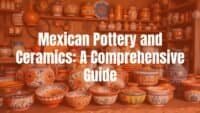

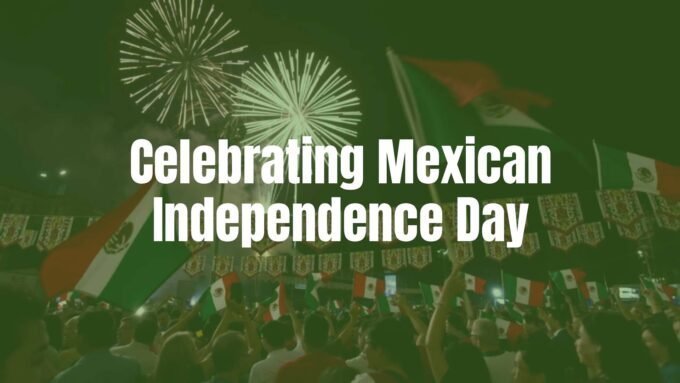
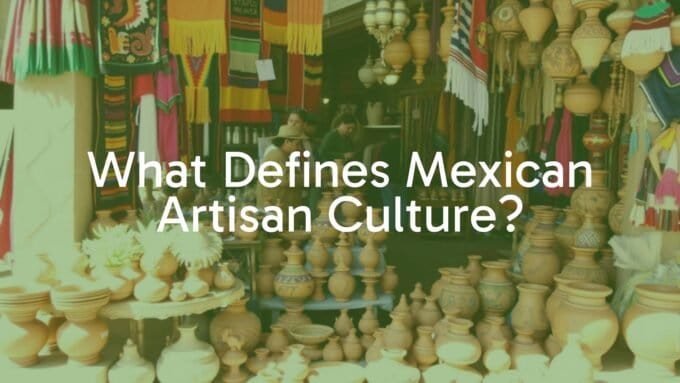
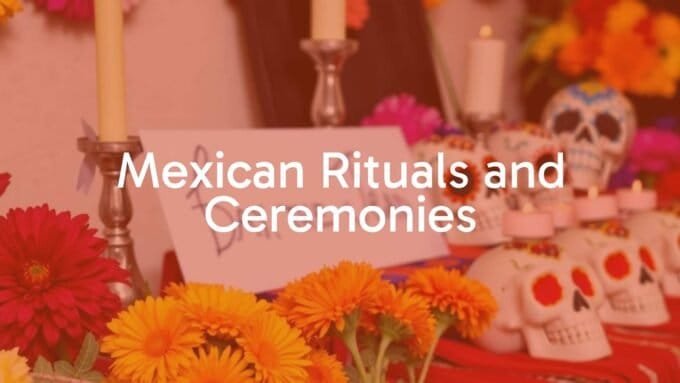

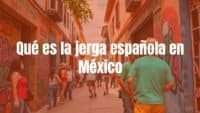
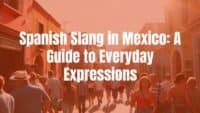
Leave a comment